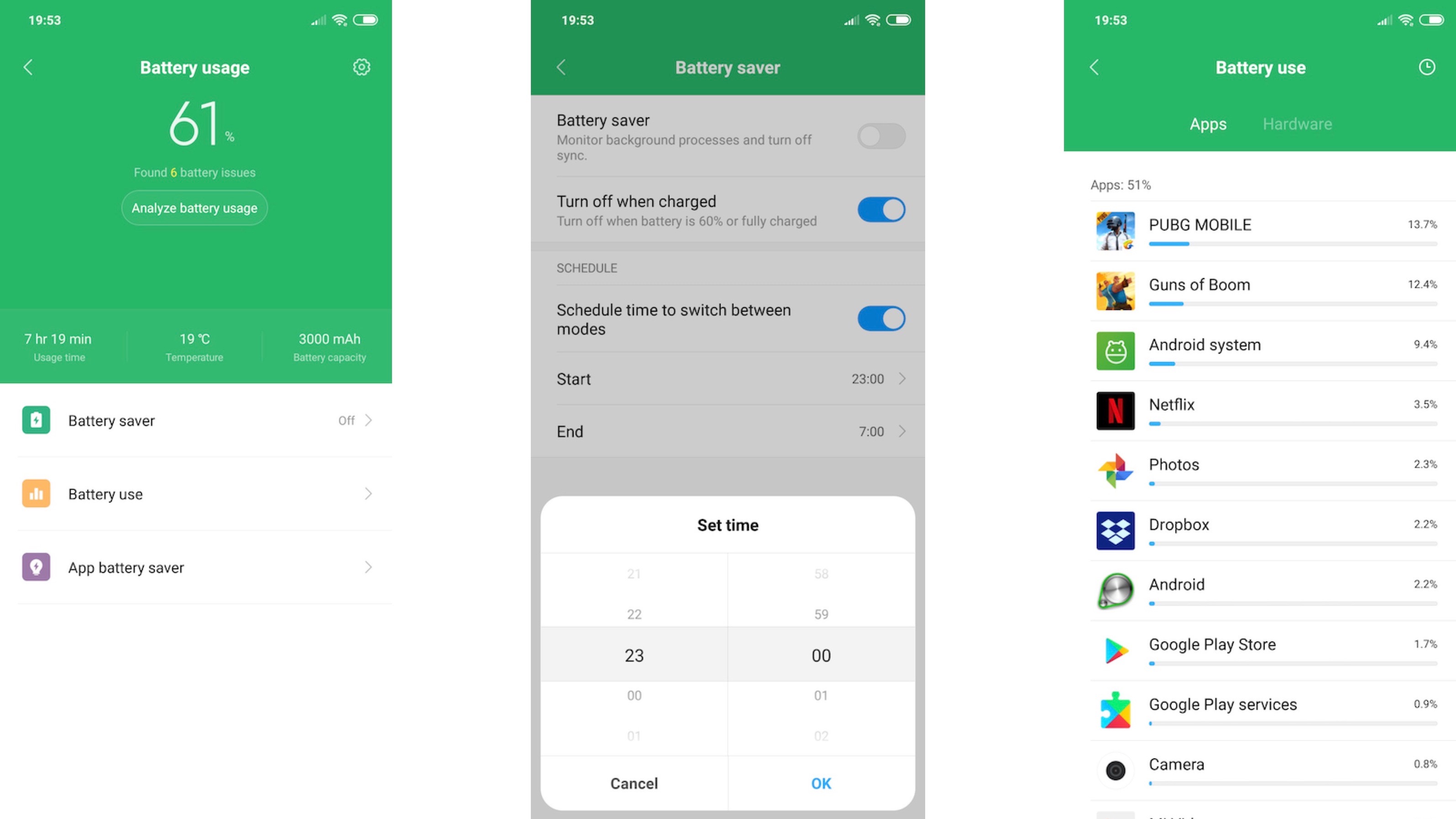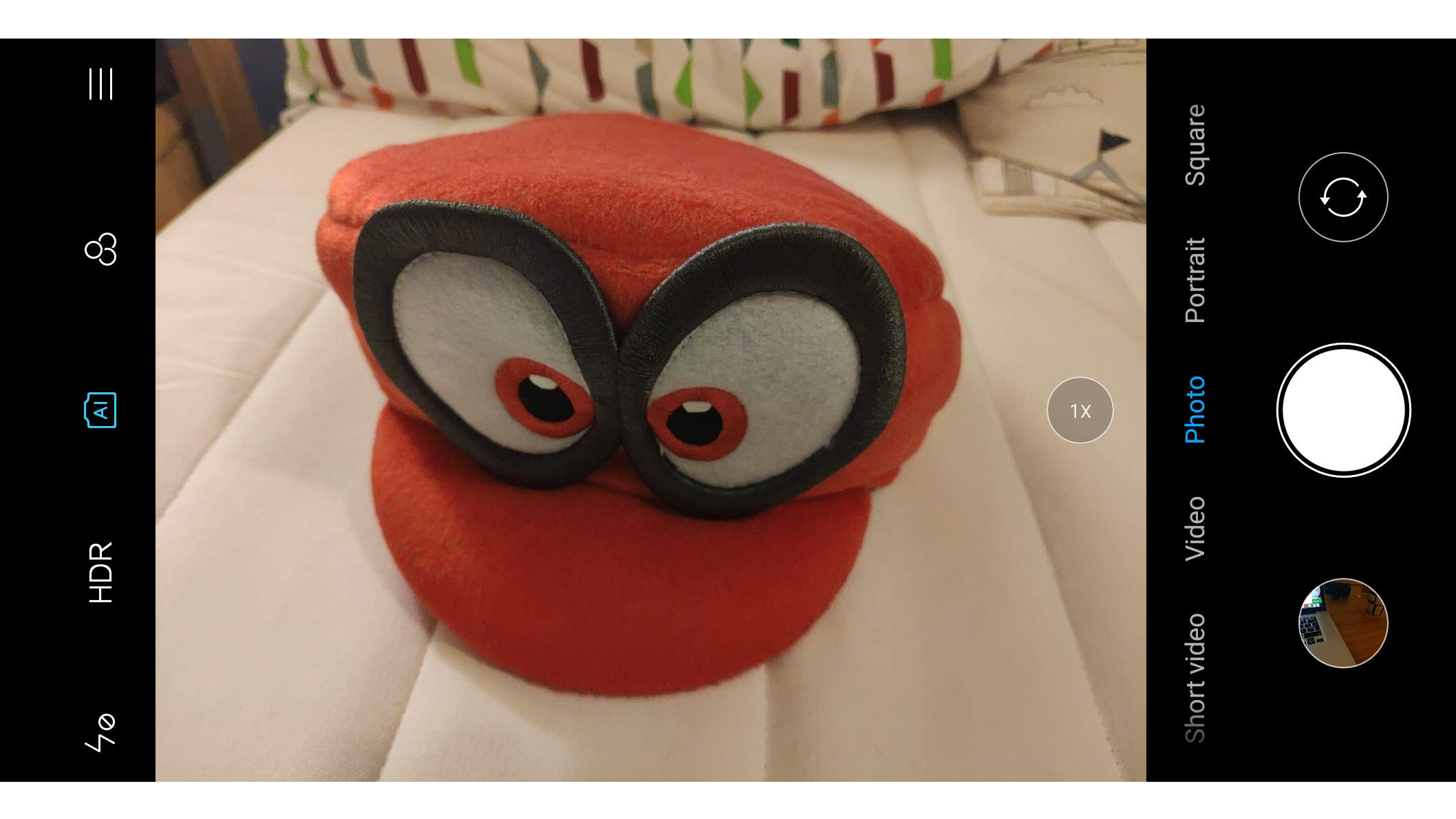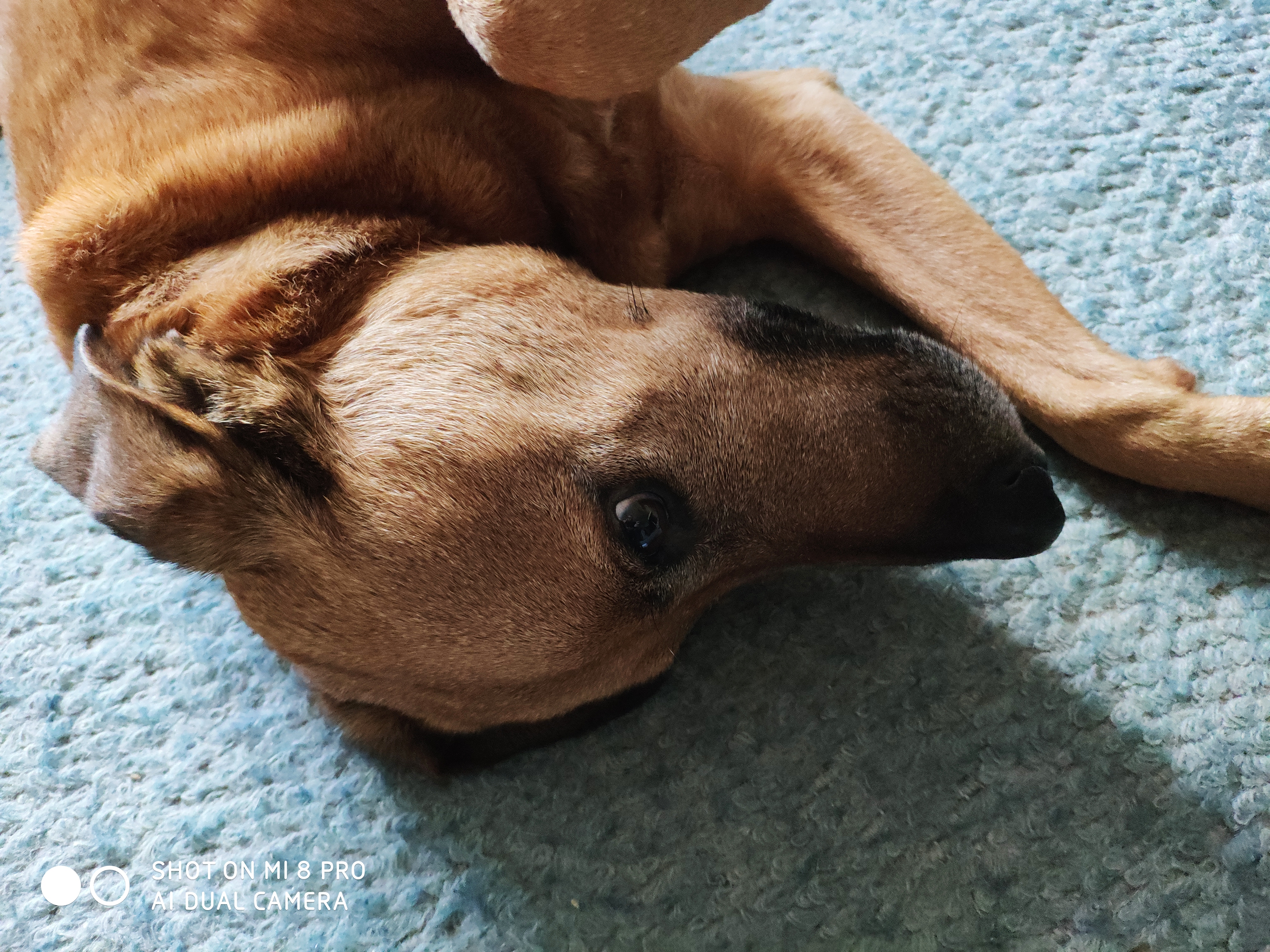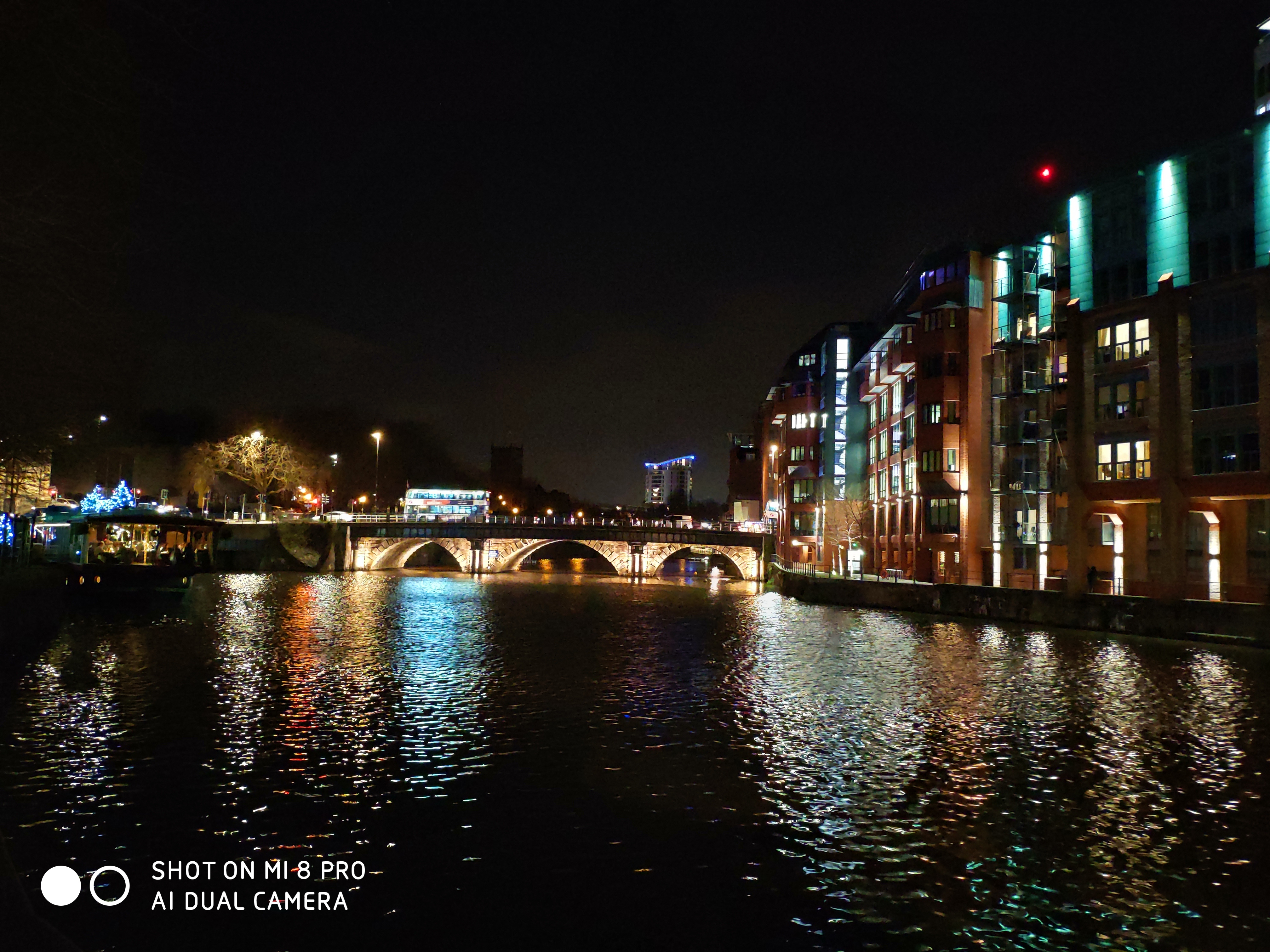Why you can trust TechRadar
Battery life
- 3,000mAh battery provides ordinary stamina
- Comfortably lasts a day of moderate use
- No wireless charging
We were ever so slightly apprehensive about the Xiaomi Mi 8 Pro’s 3,000mAh battery ahead of our review. While it’s not exactly tiny, nor can it be considered particularly generous.
That’s evident when you look at the batteries of its most obvious rivals. The OnePlus 6T packs a 3,700mAh unit, while the Huawei Mate 20 has a chunky 4,000mAh number.
We wouldn’t judge the Mi 8 Pro battery on its size alone, but it did mean we were watching extra close for any power-sapping anomalies. In general operation, we didn’t really have anything to worry about. The phone lasted a full day of moderate usage with a little to spare.
However, there was never any threat of the Xiaomi Mi 8 Pro stretching to two full days of usage, as we’ve managed to achieve on a few occasions with the Huawei Mate 20.

Advanced tasks confirm the impression that the Mi 8 Pro is distinctly ordinary in the stamina department. Our standard video test, which involves playing a 90-minute looping video with the screen brightness cranked right up yielded a fairly ordinary result.
An average power loss of 14% following this task is far from catastrophic, but it falls comfortably short of the OnePlus 6T on 10%.
We also experienced one particular anomaly whereby the phone lost 25% of its charge when left on airplane mode overnight. This only happened once during our week-long test period, so it’s clearly not a deeply ingrained fault, but we felt we should report it nonetheless.
There’s a Battery Saver mode here, as we’ve come to expect from modern Android phones. This monitors background processes and turns off sync functions. We appreciated the intuitive facility for scheduling a time for this mode to run, so you can identify quiet times in your daily schedule and use them to buy yourself a little extra battery life.
You’ll have to do without wireless charging, though, despite that glass back.
Camera
- Dual 12MP cameras deliver strong, but not top quality
- 20MP front camera
The Xiaomi Mi 8 Pro adopts the kind of dual-camera setup that’s fast become par for the course in a modern flagship-level phone.
The Google Pixel 3 goes with just the one, while the Huawei Mate 20 Pro includes three - both to great effect, it should be said. But these are outliers. Two is the magic number when it comes to modern smartphone cameras.
We had few complaints with the dual-camera setup of the Xiaomi Mi 8 Pro. The shots we obtained were generally crisp and consistent, and we were able to grab them quickly.
The phone’s two 12MP cameras grant a certain amount of consistency in terms of pixel count, though the 2x telephoto camera’s f/2.4 aperture and smaller 1.0µm pixels lead to grainier shots in low light. The main camera gives you f/1.8 and 1.4µm pixels by contrast.

Indoors and low-light shots tend to be relatively bright and reasonably detailed, but they’re also quite prone to movement blur. Evidently Xiaomi is leaning on the phone’s four-axis optical image stabilisation (OIS) here and increasing the exposure times.
As long as you work within its limitations, though, and try and keep your subjects still, you’ll find yourself able to get pleasing or at least usable results in fairly challenging lighting conditions.
Xiaomi’s camera UI is intuitive and pleasant to use, with a helpful level of automation that will enable casual users to get consistent results in a range of scenarios.

HDR is automatically and effectively applied by default, and you also get an automatic AI mode for advanced and reliable scene selection. It’s annoying that Xiaomi has decided to apply an unnecessarily boastful AI camera stamp to images by default, though.
This can be turned off in the settings menu, but as you’ll see from the following test shots, that doesn’t help with the shots you’ve already taken.
We were quite happy with the quality of the Xiaomi Mi 8 Pro’s 20MP front-facing camera. As always you’ll want to feed it with plenty of light, but the quality and tone of the shots is on point.
You’ll need to contend with the selfie cam’s ghoulish ‘beauty’ function, which is turned on by default, but this can be lessened or turned off without much issue.
Camera samples






Current page: Battery life and camera
Prev Page Introduction, key features and design Next Page Anything else I should know?